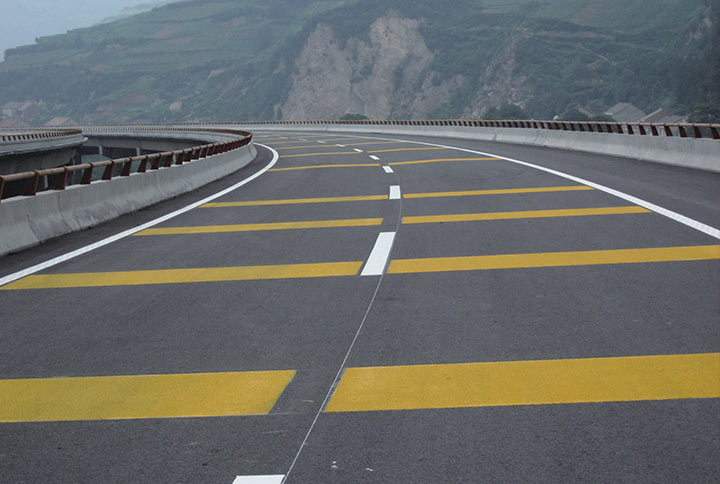Road Marking Paint and Machine Manufacturer
+86-15668659958
Road Marking Paint and Machine Manufacturer
+86-15668659958
Today, I will give you a brief introduction to the characteristics of room temperature marking coatings
Performance of room temperature type marking paint: This is a traditional marking paint that dries slowly, has a short service life, but has low cost. It is still widely used on urban and general roads.
The characteristics of ambient temperature marking coatings:
① Quick drying. Heat the ambient temperature marking paint to 40-60 ℃ to reduce its viscosity to a flowing state. Apply it to the road surface using a dedicated self-propelled marking machine, while spreading glass beads and curing at room temperature. Due to the use of water-based resin in the vibration type marking coating, it can quickly cure in about 5 minutes. If the coating solidifies too quickly, the fixing and forming effect of the glass beads is poor; When the curing is slow, not only do the scattered glass beads sink into the coating, reducing its reflective ability, but it also affects the forming effect of the vibration marking coating.
② Good adhesion. The bonding strength between the ambient temperature type marking paint and the road surface is good, and it should not peel or break. The coating will not peel off quickly due to vehicle crushing, sideslip, and braking; It will not crack or peel off due to seasonal temperature changes and thermal expansion and contraction of the road surface.
③ Visual recognizability. The visibility of daytime ambient temperature marking paint is the same as that of ordinary hot-melt marking paint, depending on the selected pigment and quality. Its uniqueness lies in its visibility at night and on rainy days, which depends on the quality of glass bead distribution and the amount of glass microbeads in the coating. The distribution of glass microbeads should be uniform and appropriate, with good visibility and recognition; Too many or too few glass microbeads can affect the reflective effect of the markings. Experiments have shown that half of the diameter of glass microspheres embedded in the coating have good reflective effects.
